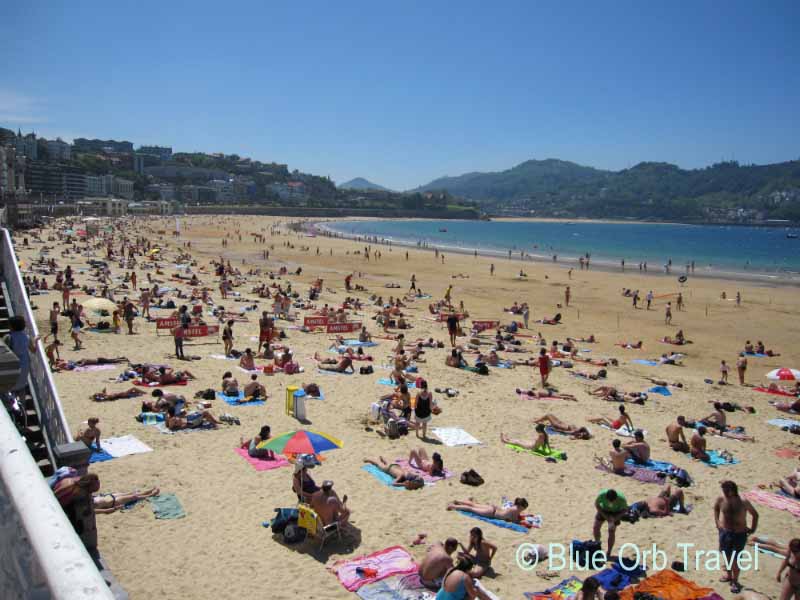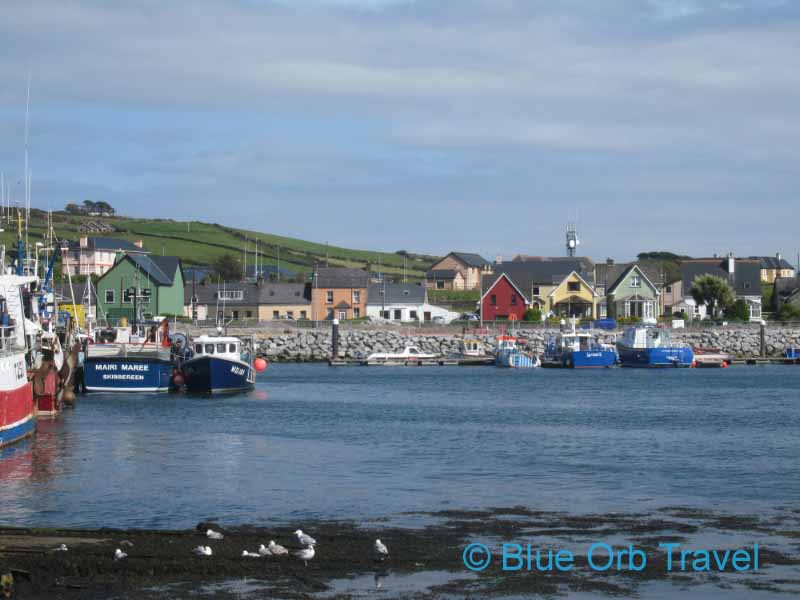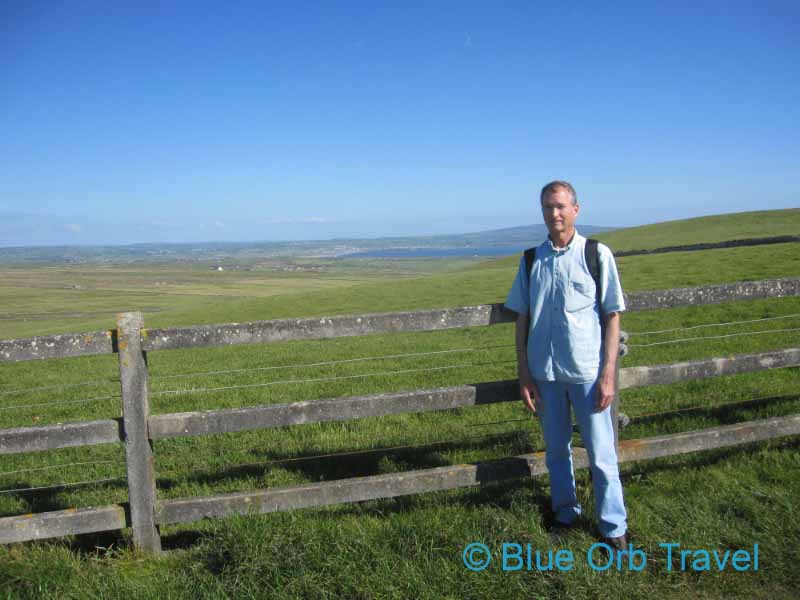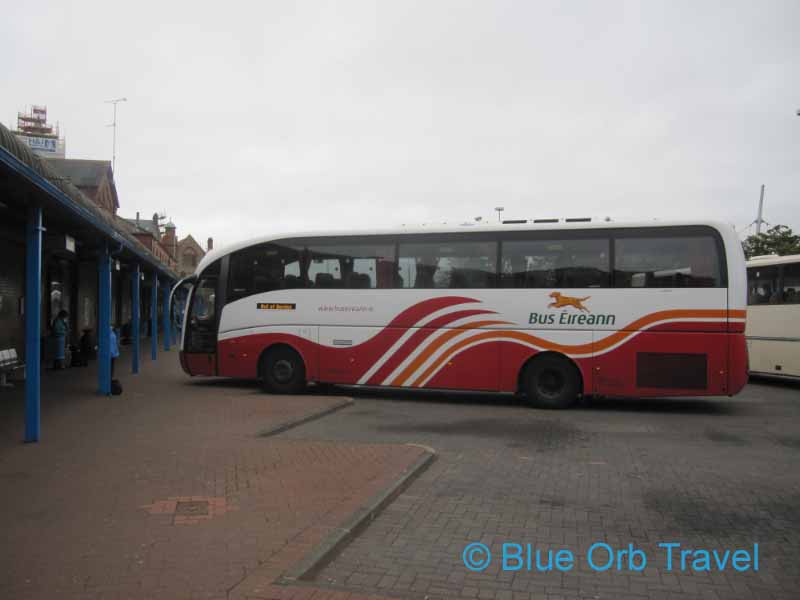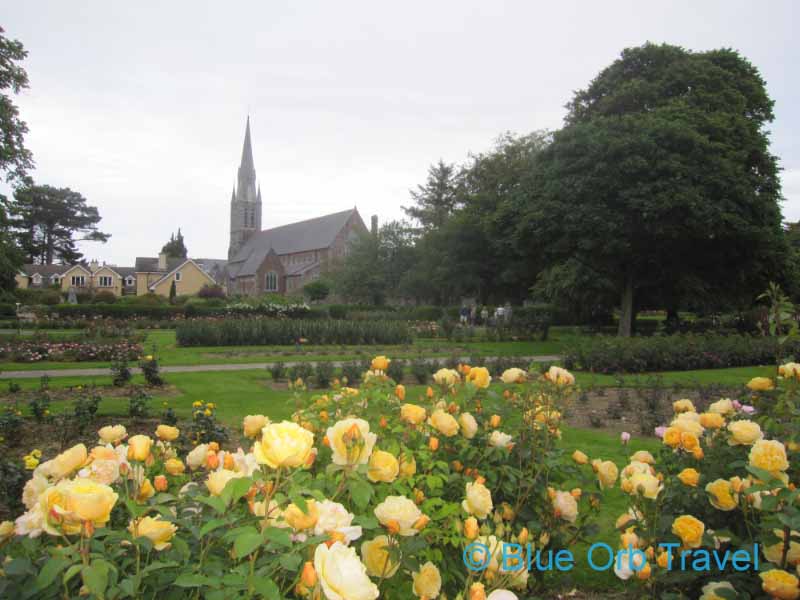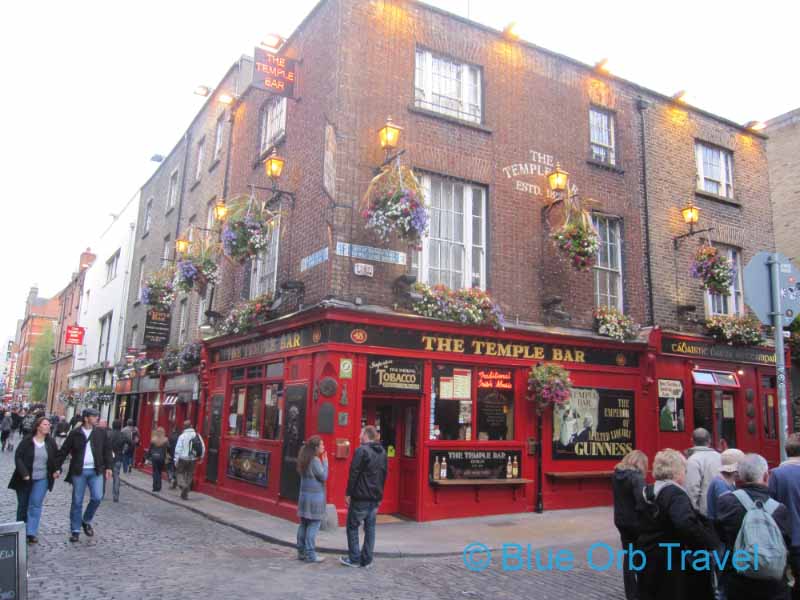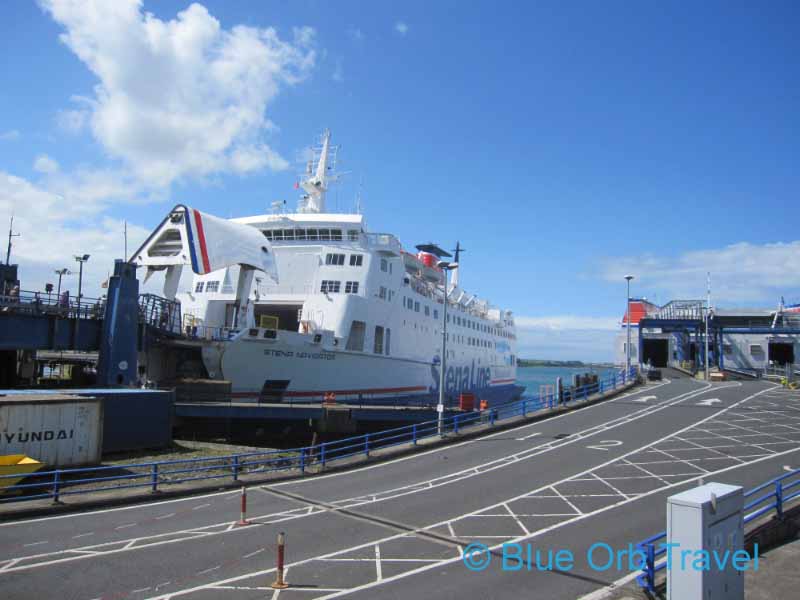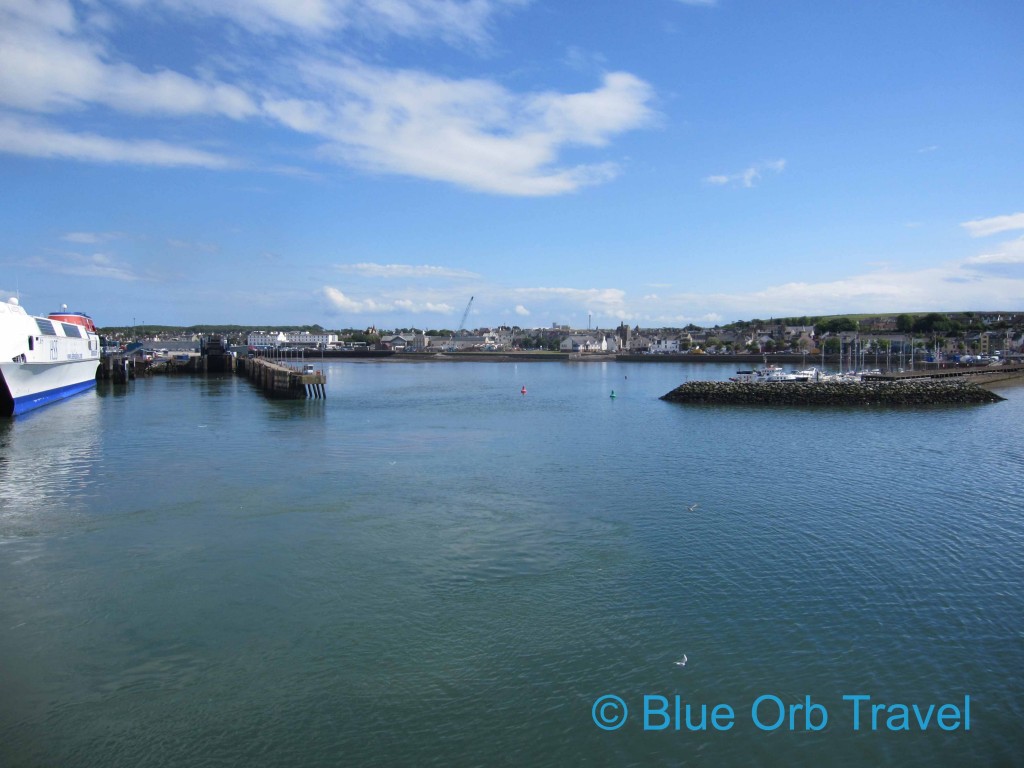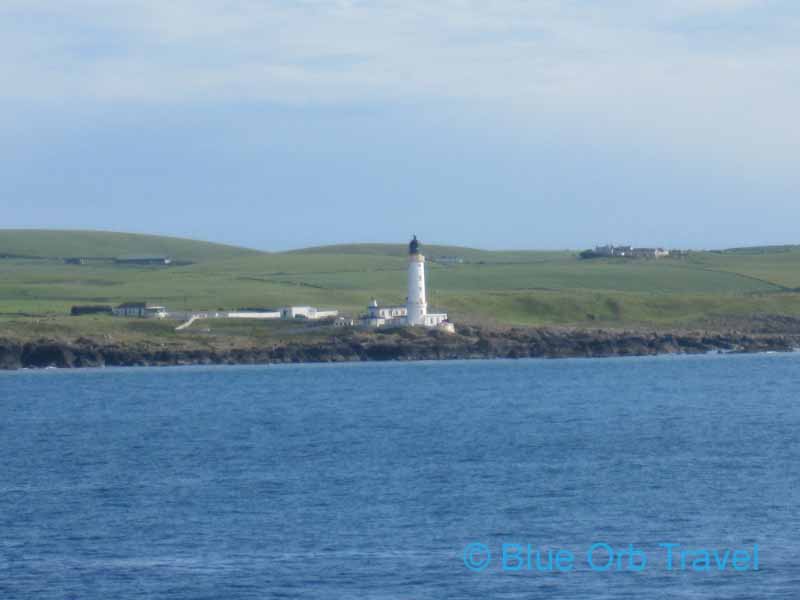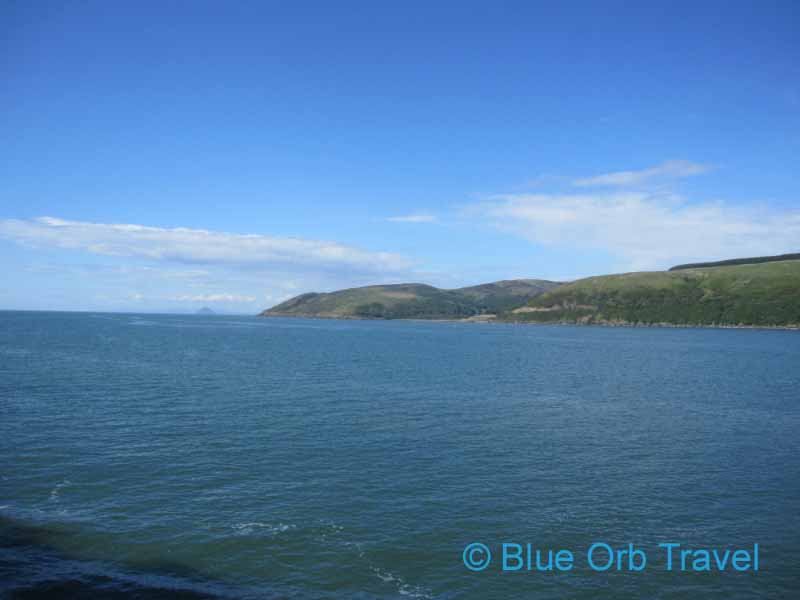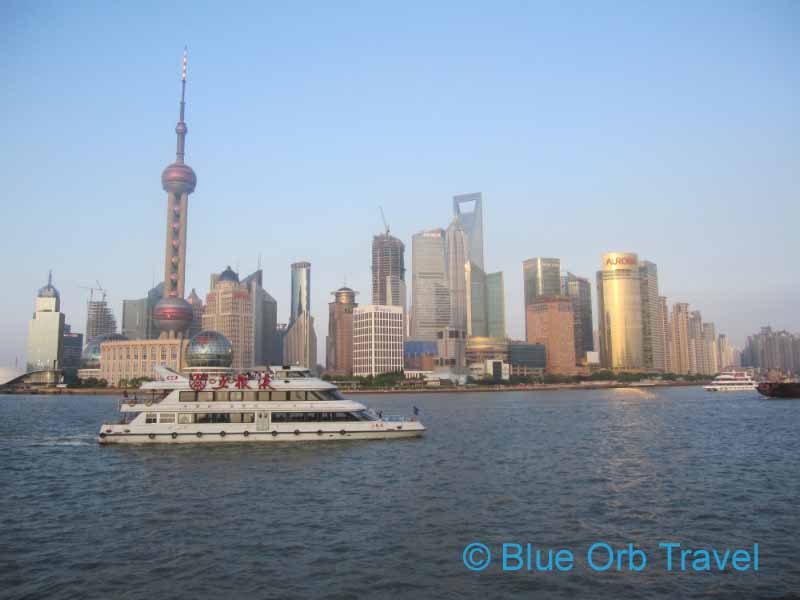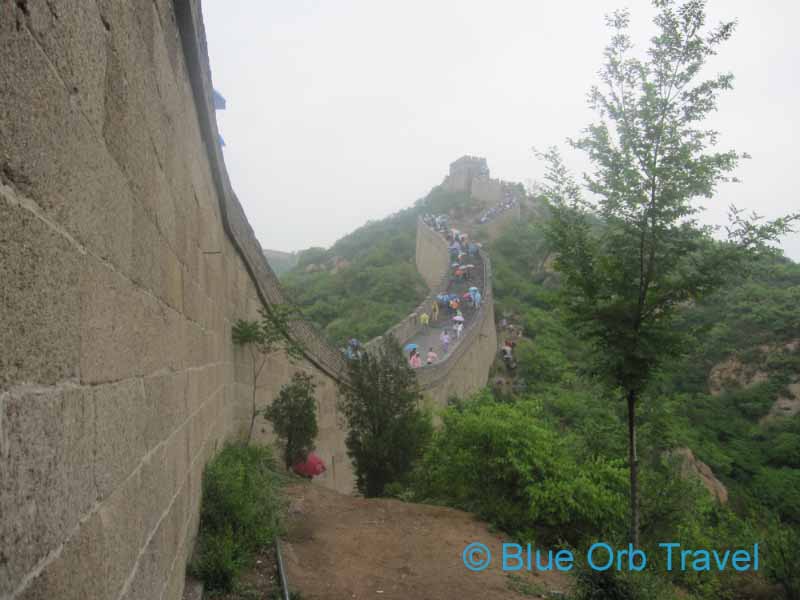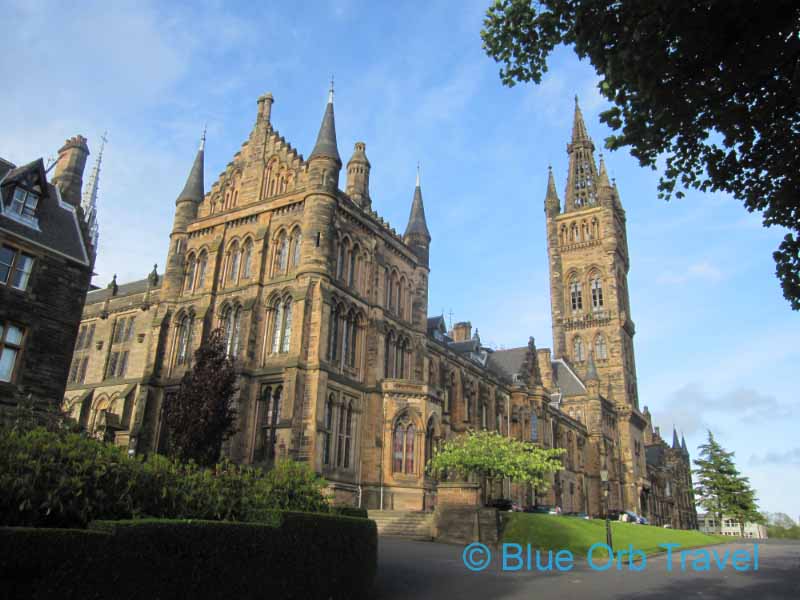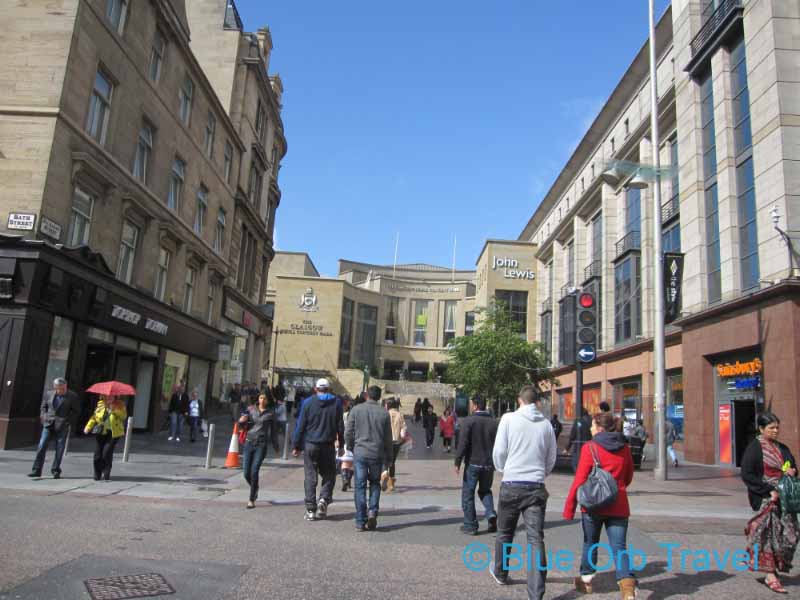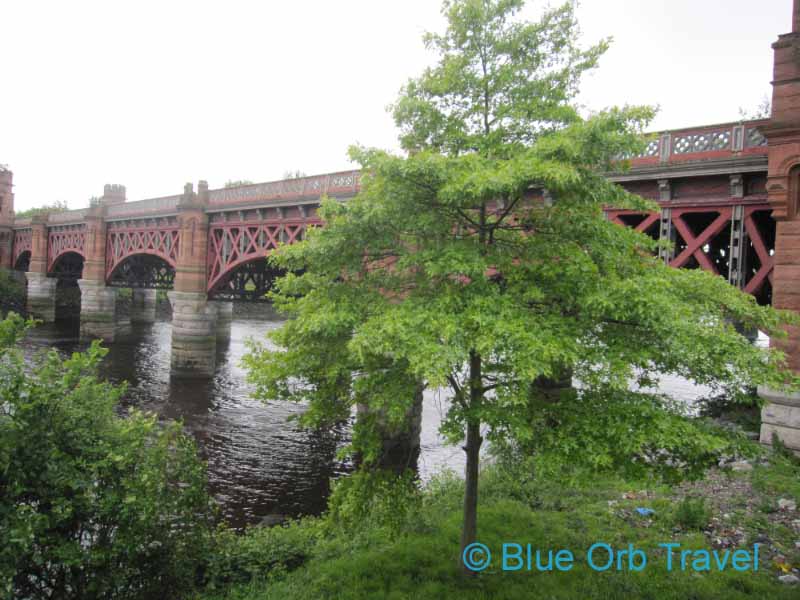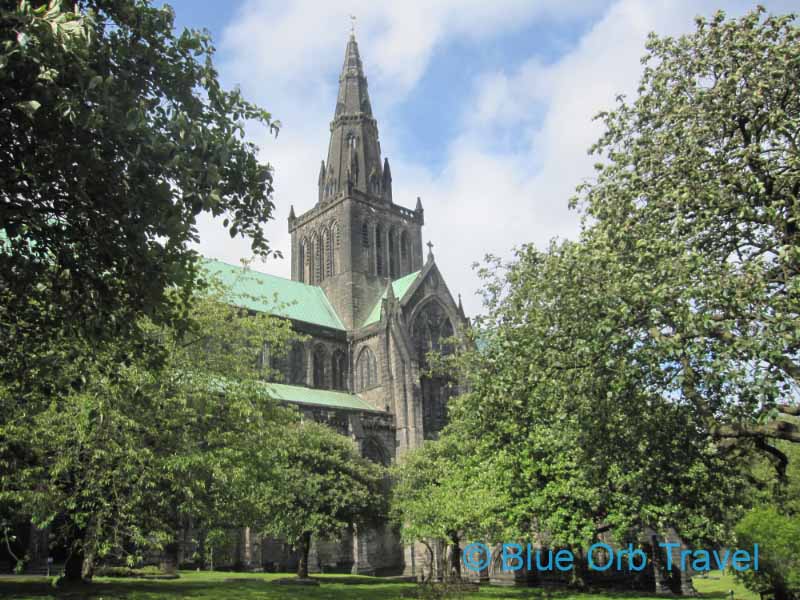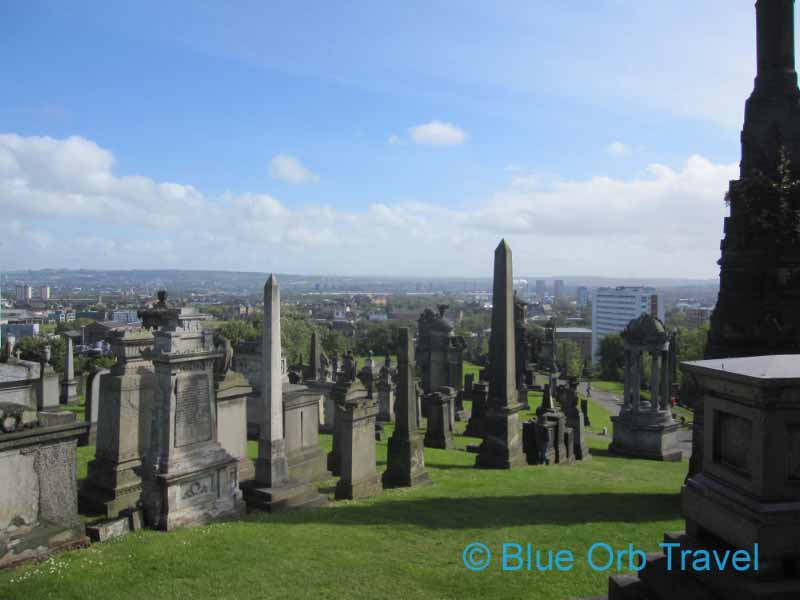Belfast, Northern Ireland
Belfast, Northern Ireland…Why You Should Go
No trip to Ireland would be complete without a visit to Northern Ireland. This region is not only rich in history and culture, but is home to several beautiful cities, including Belfast and Londonderry. If that isn’t enough, the green countryside, friendly people and interesting sights should delight even the most seasoned traveler. Despite its troubled past, I found Northern Ireland to be both safe and welcoming during my recent visit.
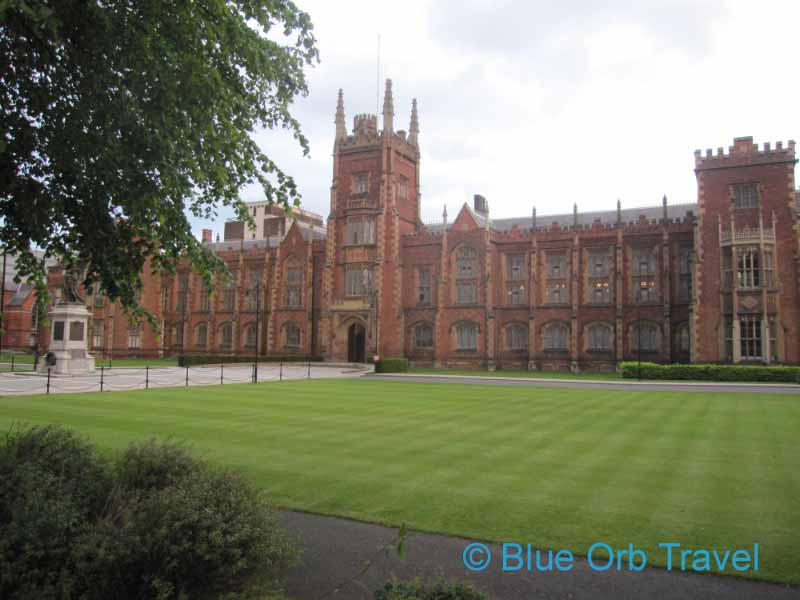
Orientation
Belfast is the capital of Northern Ireland and the largest city in that country. It has the second largest population on the island of Ireland, with Dublin in the Republic of Ireland to the south having the largest. Located on the northeastern coast of Ireland where the River Lagan flows into the Irish Sea, Belfast gets its name from Beal Feirste, meaning ‘mouth of the shoal’. The Belfast area is home to the famous Irish linen industry and the Titanic was built there in a nearby shipyard from 1908 to 1909.
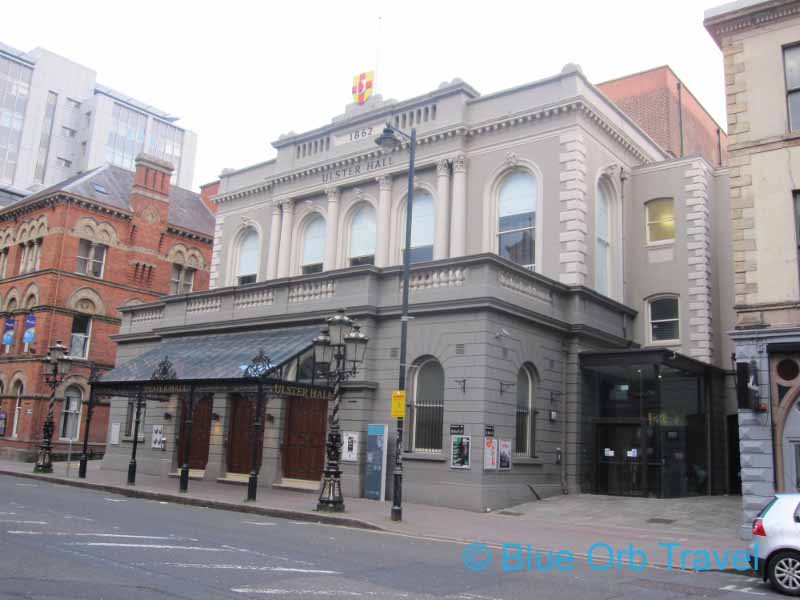
What to See
While Belfast is a big city, it is fairly level, making it easy to walk to many of the major sights. As you stroll along the River Lagan one of the first things you will see is the beautiful Waterfront Hall, a concert and exhibition center built in 1997. Heading farther into town you’ll come to Ulster Hall, a concert venue built in 1859, which has hosted everything from political rallies to readings by Charles Dickens. Belfast, of course, is well known for its pub scene and has an eclectic mix of old and new bars. Whether you imbibe or not, visitors will not want to miss the Crown Bar or Liquor Saloon on Great Victoria Street. Dating back to 1826, it is one of the most famous pubs in Northern Ireland.
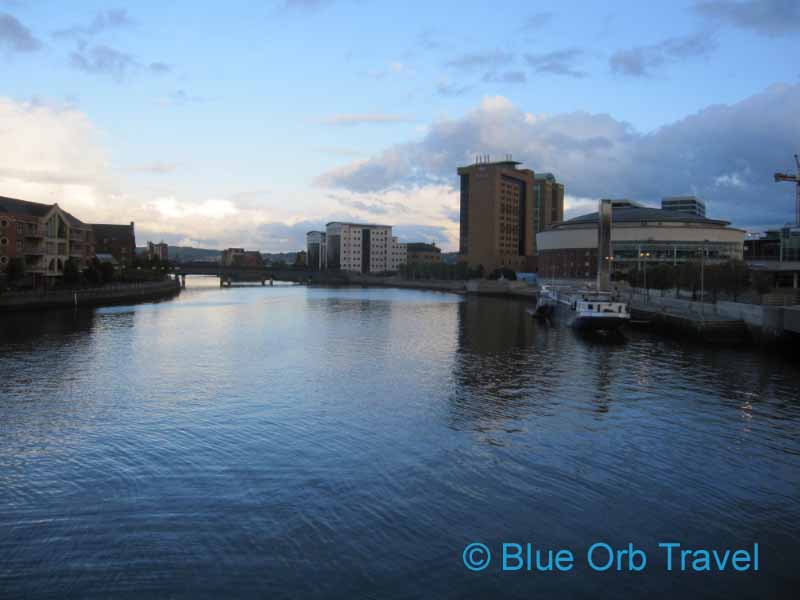
To get a good sampling of some interesting architecture, the City Hall, the Grand Opera House, the Albert Memorial Clock and numerous churches and cathedrals are just a short walk from the city center. For those with good walking shoes, head south for a look at the stunning grounds and buildings of Queen’s University Belfast, opened in 1849 and one of the largest universities in the United Kingdom. Just south of the university is the Belfast Botanic Gardens with its famous Palm House conservatory. Built in the 1830s, it is one of the earliest examples of a curvilinear cast iron glass house in the entire world.
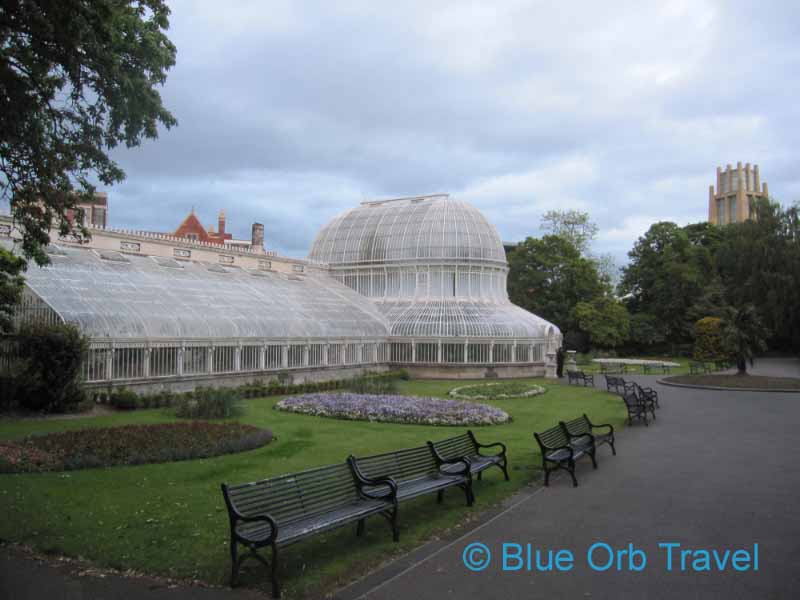
History
Only a fool would try to describe the long, colorful history of Northern Ireland in a few sentences, so here goes. Beginning in the late 1800s most of the population of Ireland favored some form of autonomy from the United Kingdom. A vocal minority, mostly in the north, opposed this and wanted continued ‘union’ with the UK. In 1921 the partition of Ireland marked the separation of those in the south who wanted independence from those in the north who favored remaining part of the UK. In 1922 the Irish Free State in the south was formed as a self-governing dominion within the British Commonwealth. In 1949 the Irish Free State in the south withdrew from the British Commonwealth and became the independent Republic of Ireland.
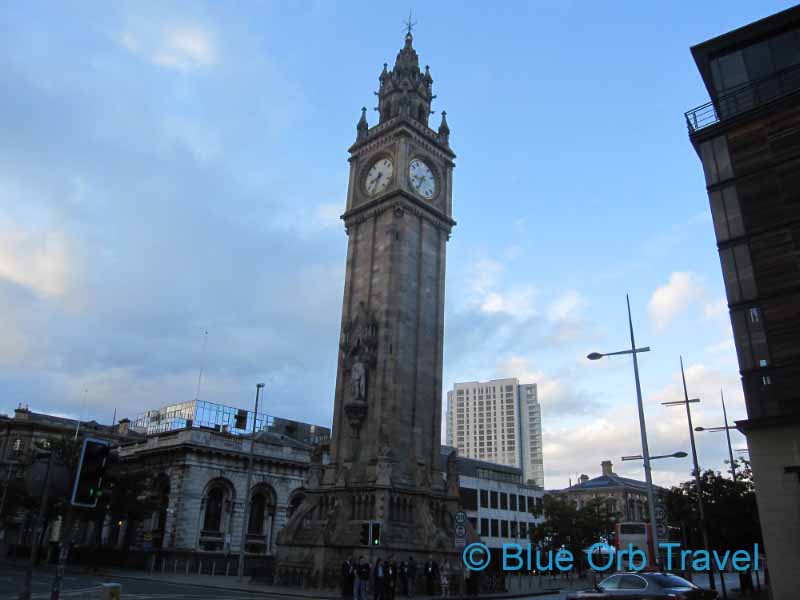
The majority of people in the Republic of Ireland are Catholic, while the majority of people in Northern Ireland and the rest of the UK are Protestant. The Catholics, therefore, are a majority in the Republic of Ireland, but a minority in Northern Ireland. Catholics are generally associated with the terms nationalist or Republican, because they favor the Republic and Ireland. The Protestant majority in Northern Ireland is associated with the terms unionist, favoring continued union with the UK, or Orange, a tribute to Dutch born Protestant William of Orange and his Orangemen who defeated the army of Catholic James II at the Battle of the Boyne on the east coast of Ireland in 1690. A period of recent conflict in Northern Ireland between these two factions, the Catholic minority who want Northern Ireland to join the Republic of Ireland and the Protestant majority who want to remain with the UK was known as ‘The Troubles’. This violent period had both political and military aspects and lasted from the late 1960s until the Belfast ‘Good Friday’ Agreement in 1998.
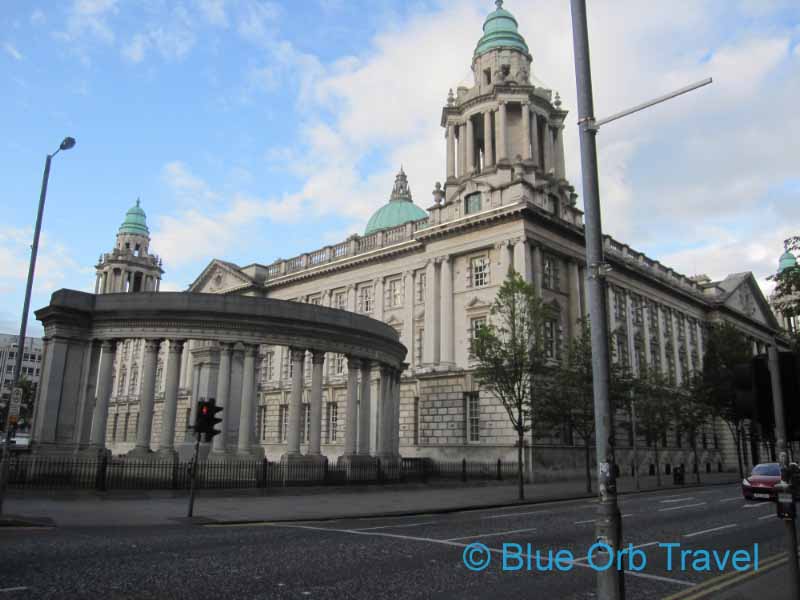
While these matters have dominated much of Ireland’s recent history, there are many more facets to this emerald. It is believed that the first people arrived in Ireland around 4000 BC and tombs have been found dating back to 3000 BC. The Vikings, Normans and Tudors have all left their footprints on the green hills of Ireland, but it was the Scottish Protestant settlers and the establishment of the Plantation of Ulster in the early 1600s that laid the groundwork for the 20th century conflicts. Well there you have it…a very brief history of Ireland!
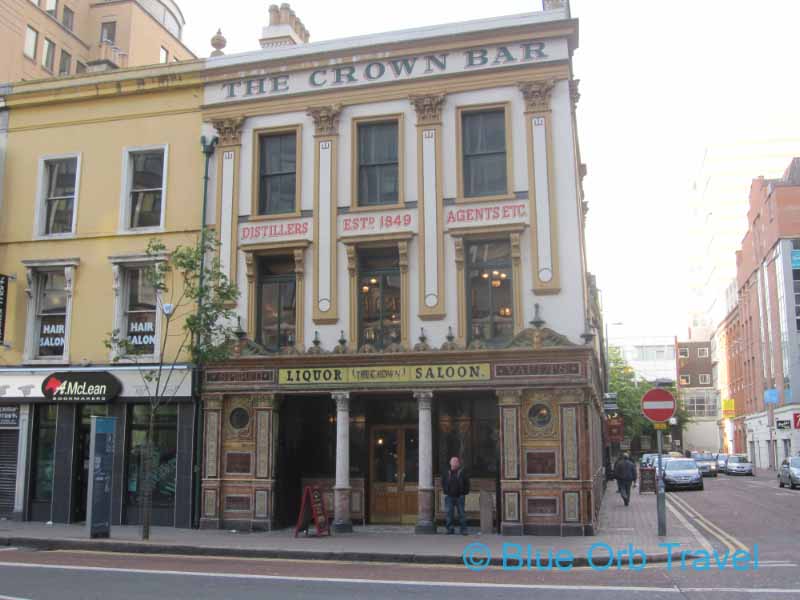
Where I Stayed
After arriving at 7 PM on a Monday evening in late May it was not easy to find a reasonably priced room in Belfast. Time was of the essence, since there was still a lot to see before the sun went down. Fortunately, being located so far north, it was daylight until 10 PM. I found a room at the Days Hotel on Hope Street, just off of Great Victoria Street near the Crown Bar. The central location was ideal and the room and private bath were quite comfortable. The room cost the equivalent of $97 and a full smorgasbord style breakfast was an additional $12.50.
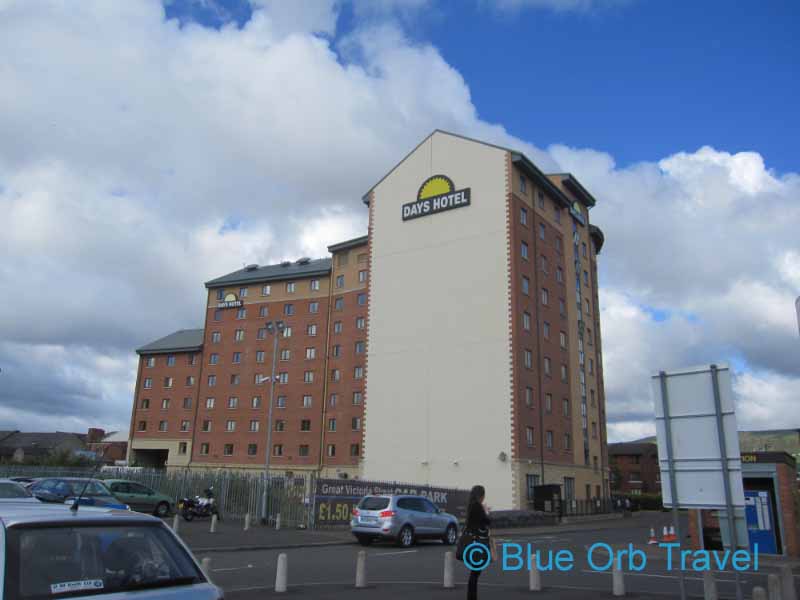
Belfast, Northern Ireland Read More »

